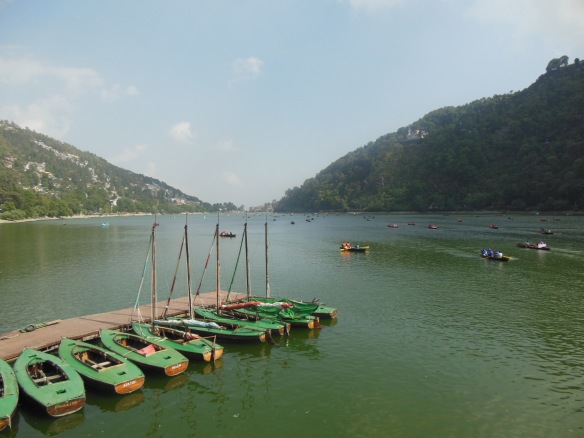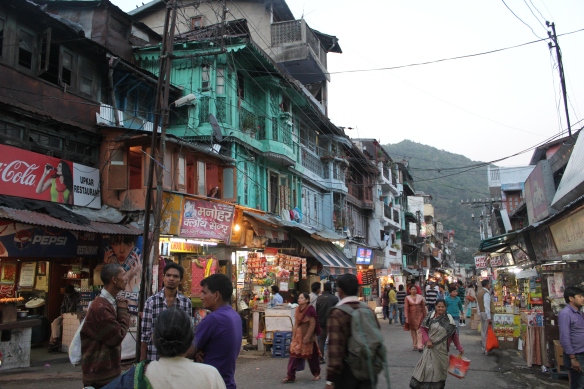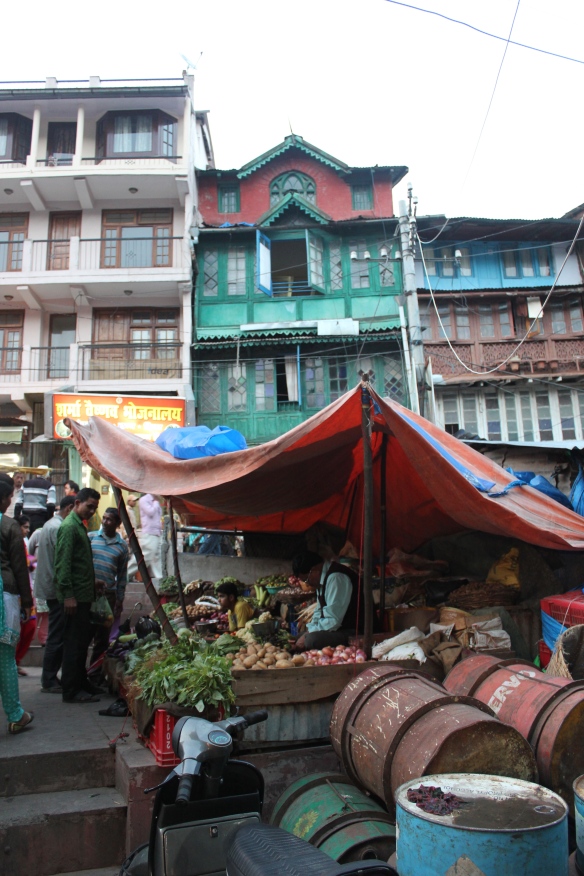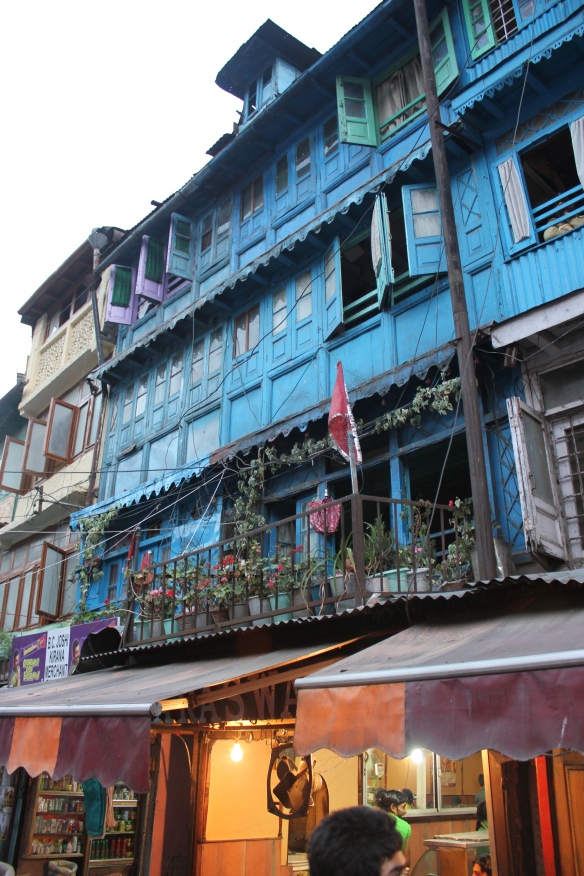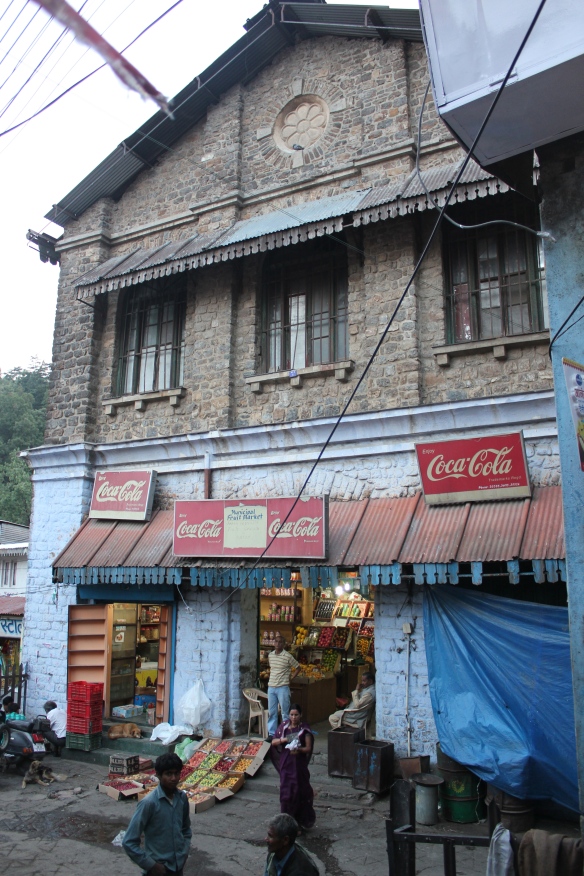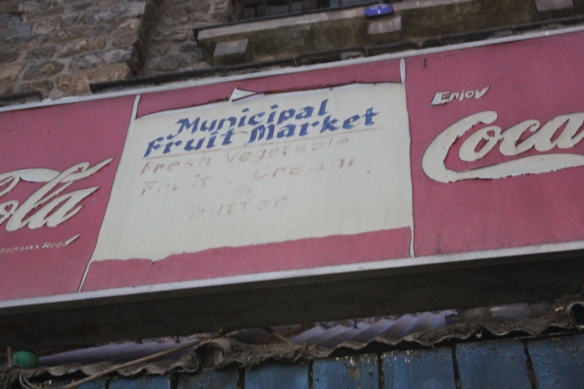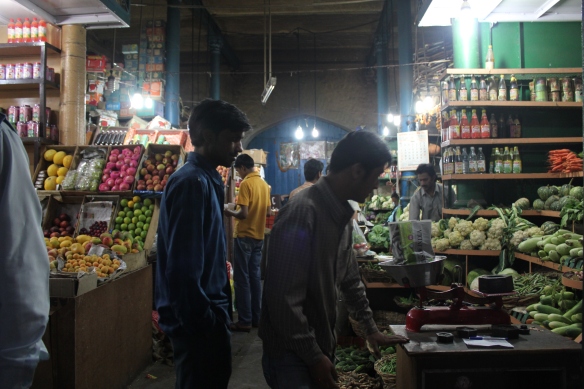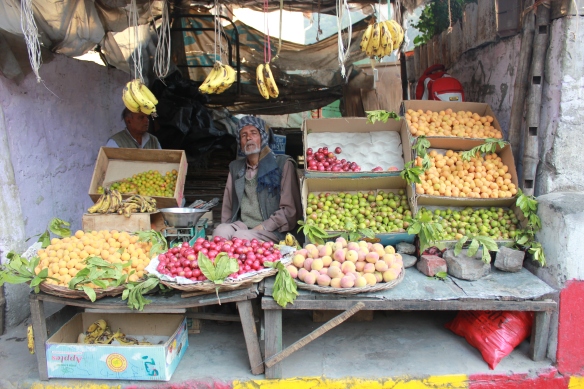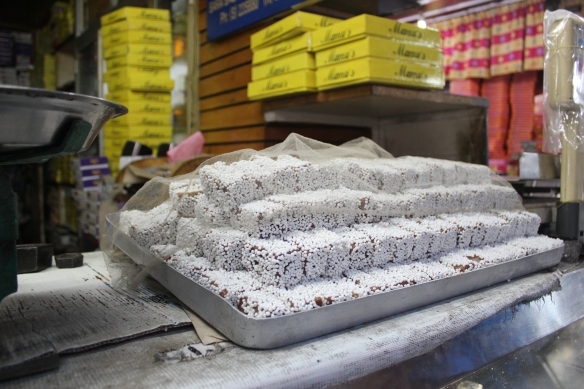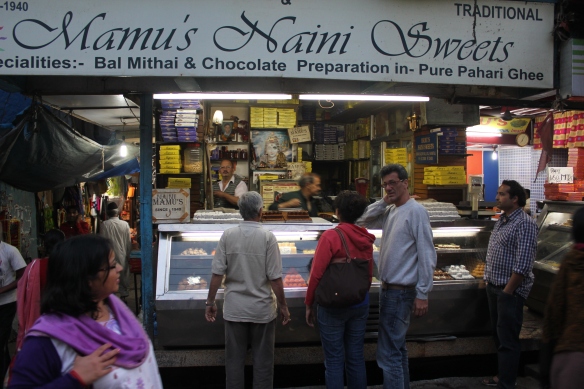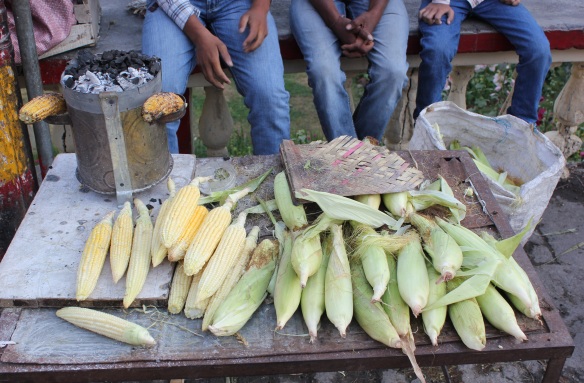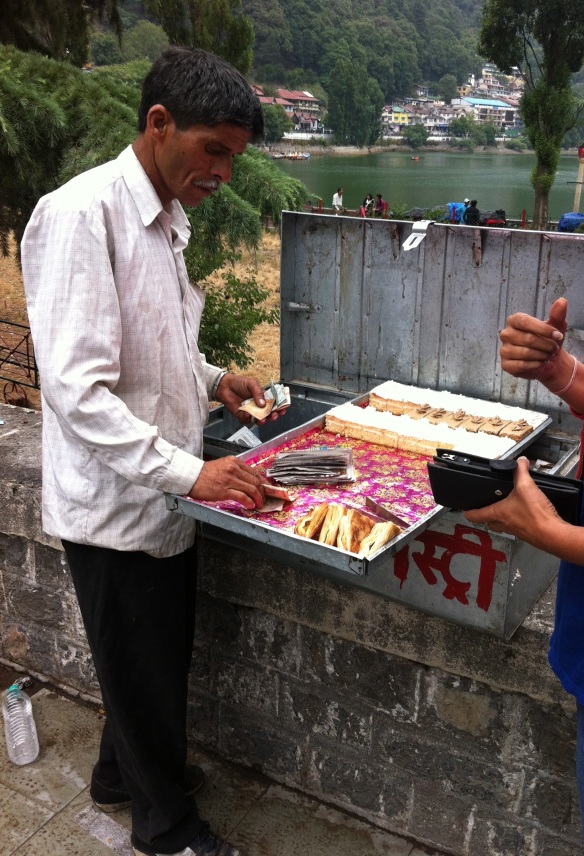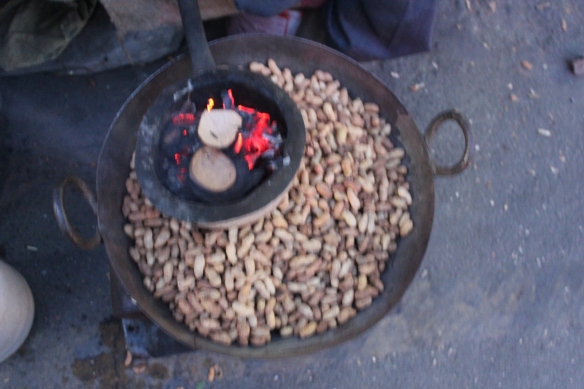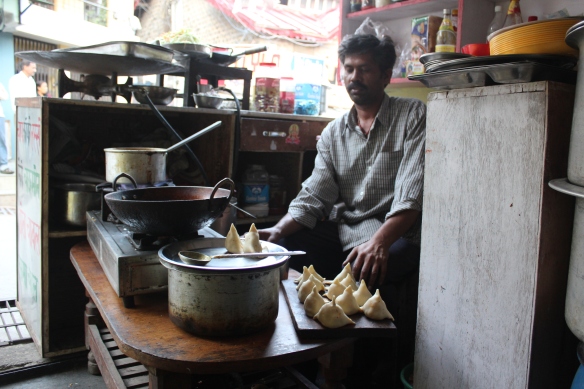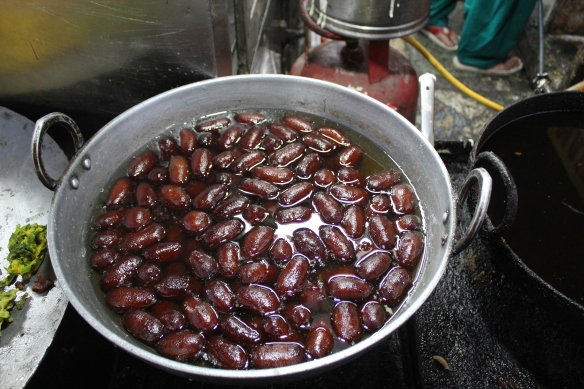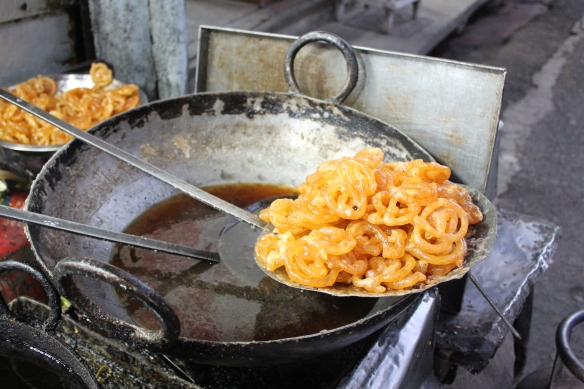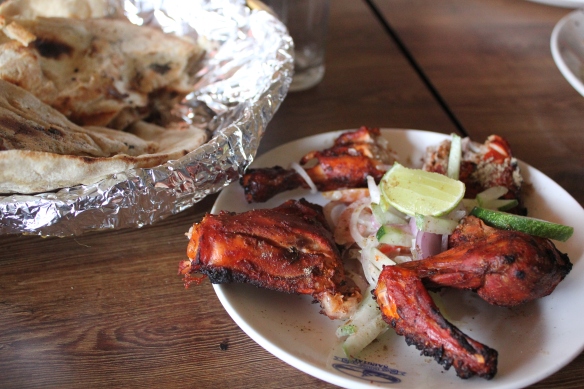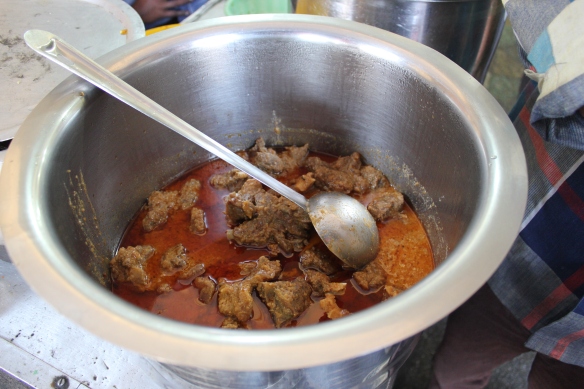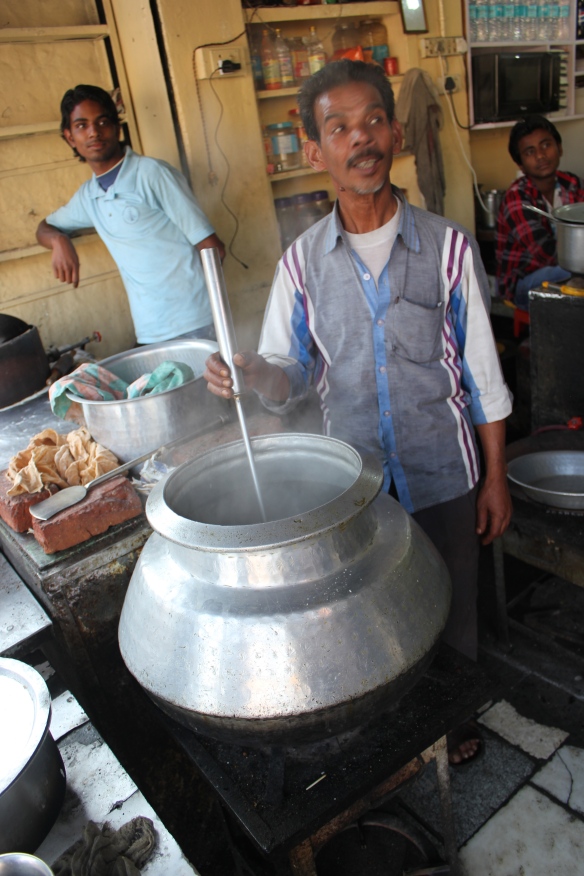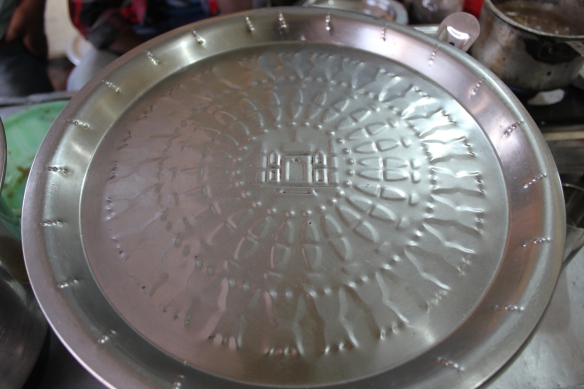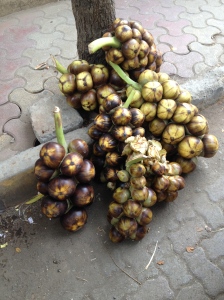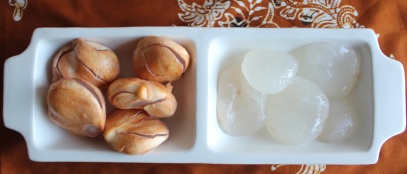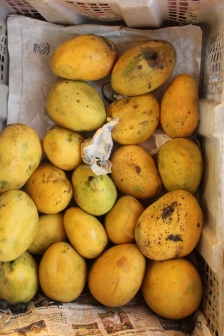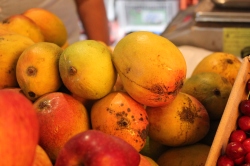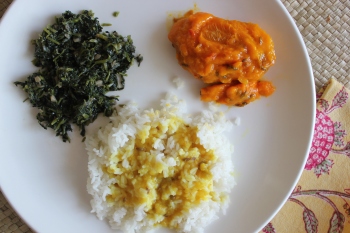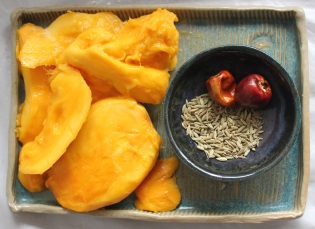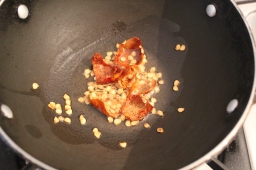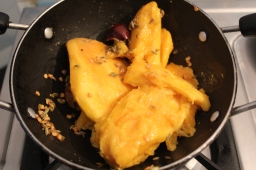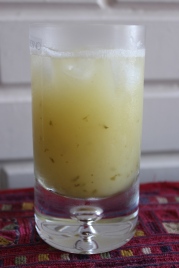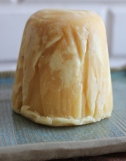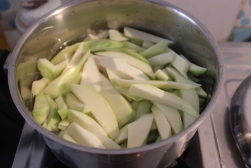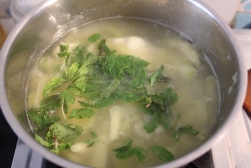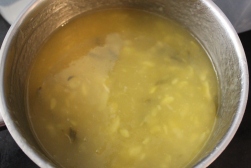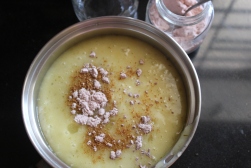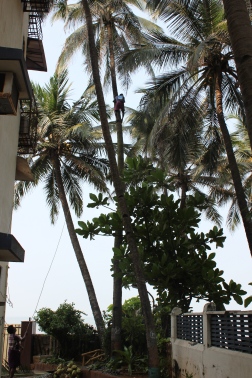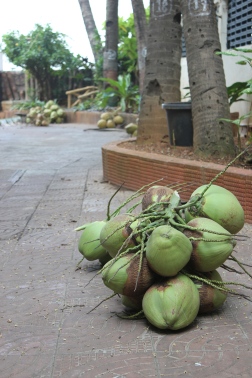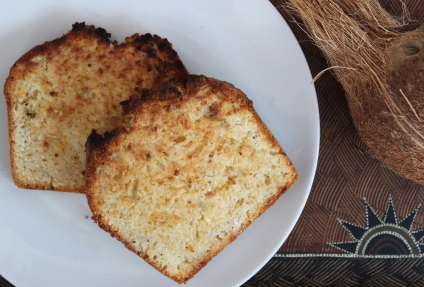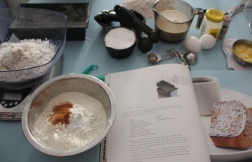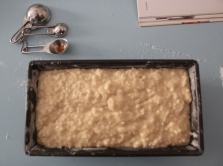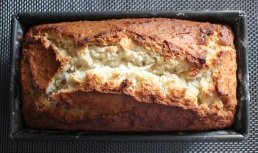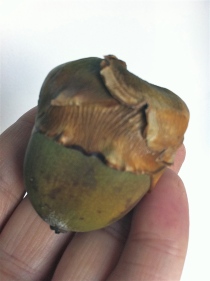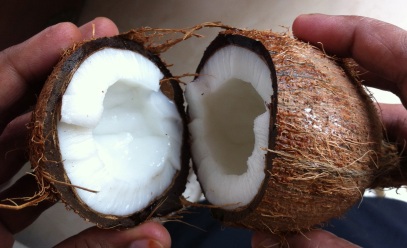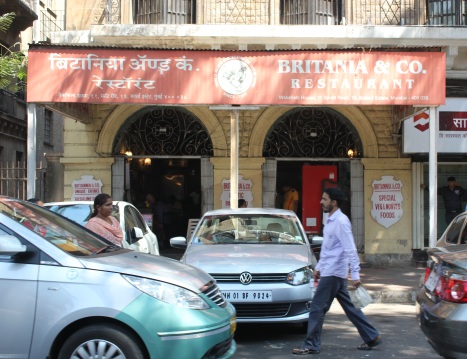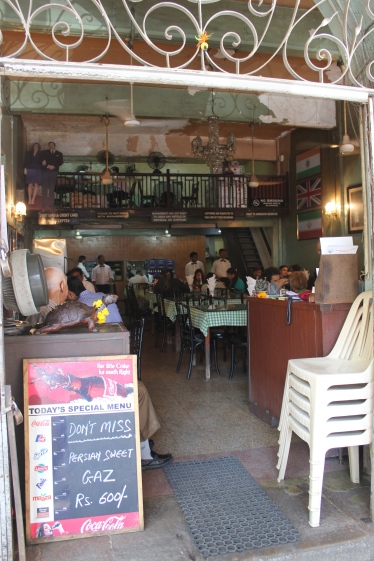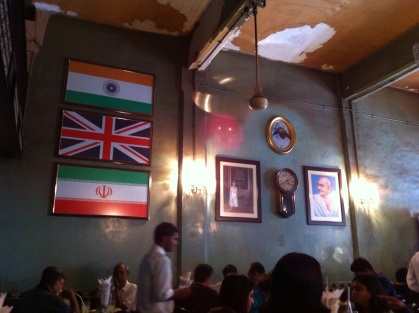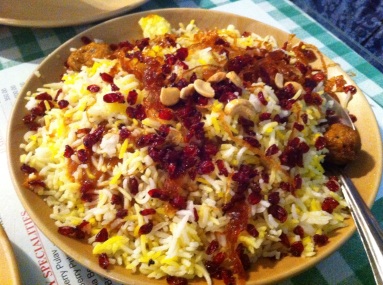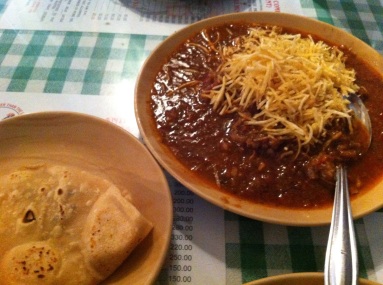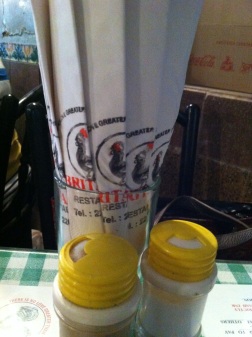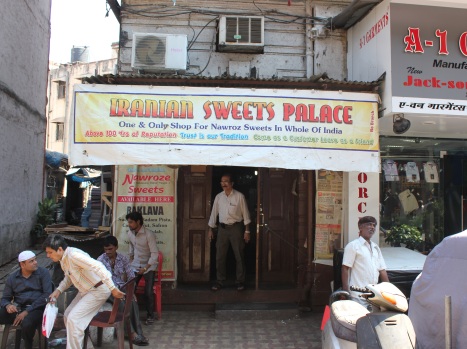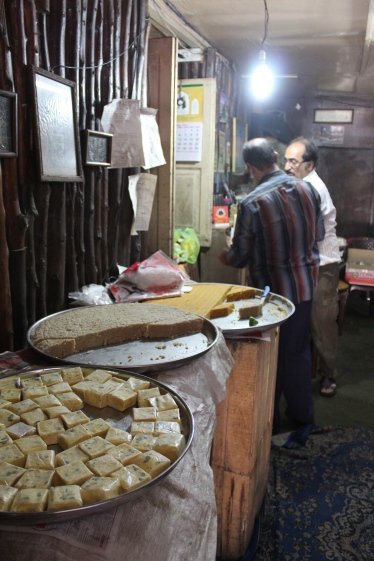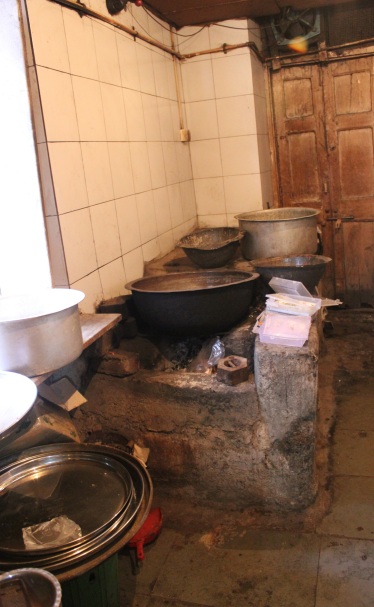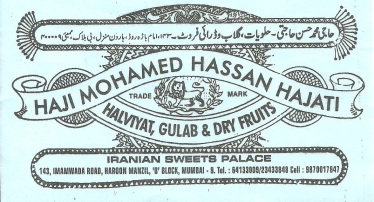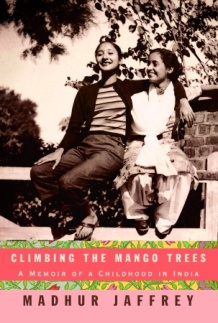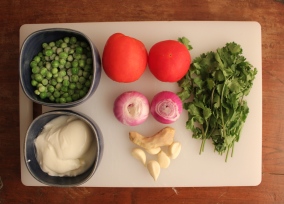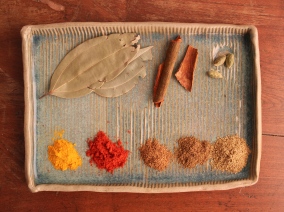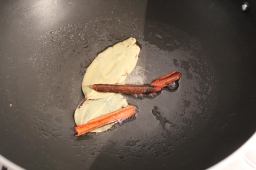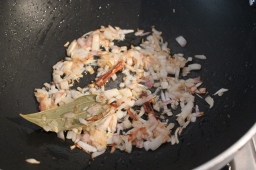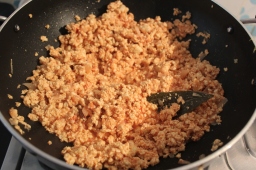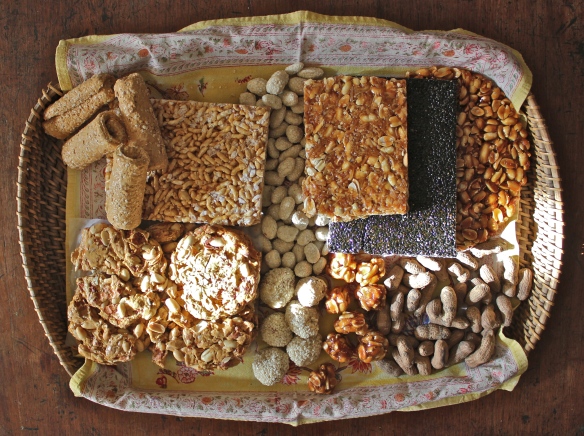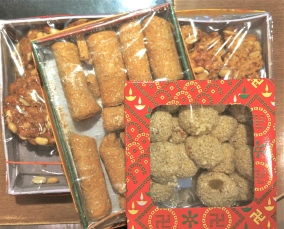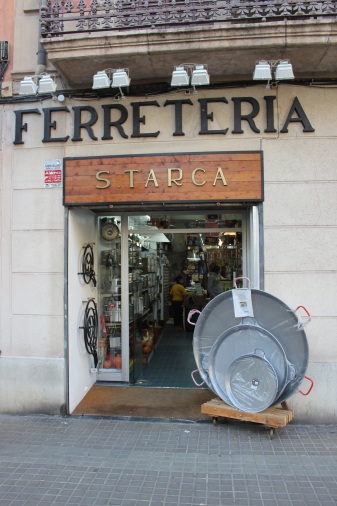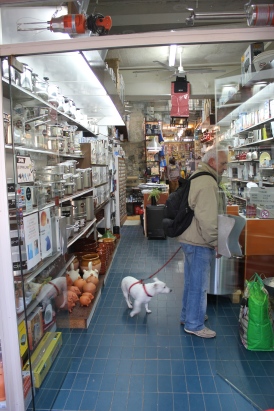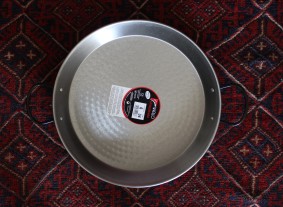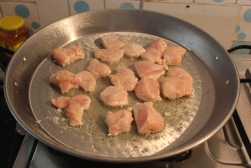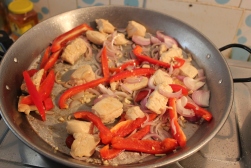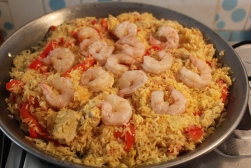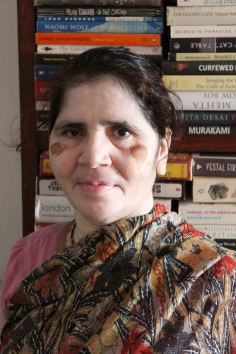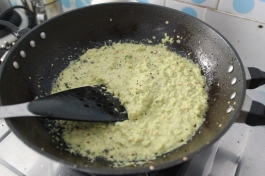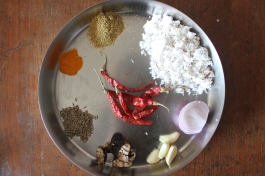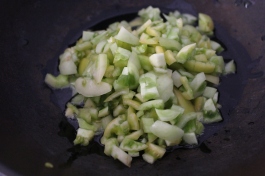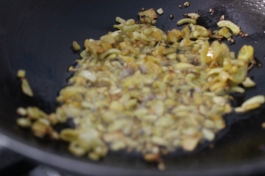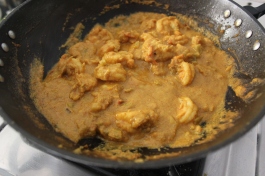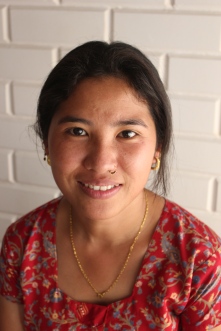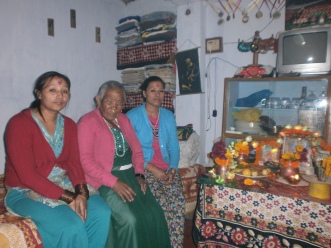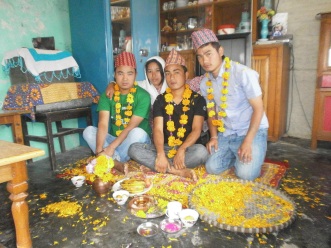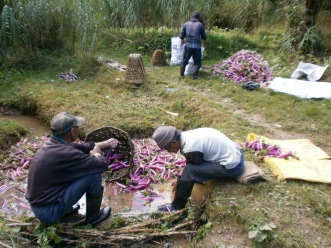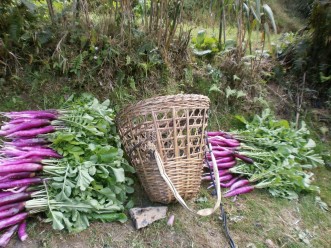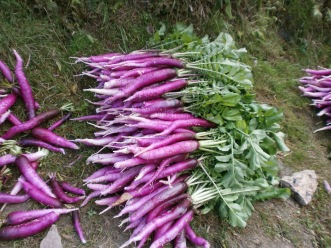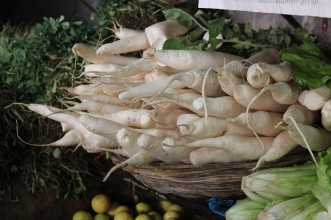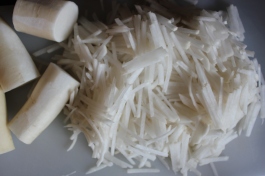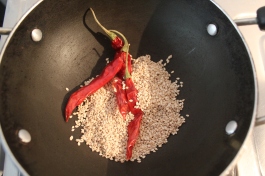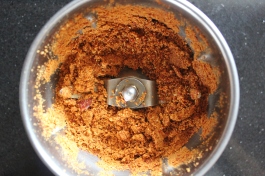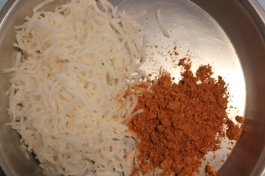Nainital is in the Kumaon foothills of the Himalayas in the state of Uttarakhand 2,084 metres (6,837 ft) above sea level. The town is on the Naini Lake and is surrounded by hills. Naini Lake is important religiously for Hindus and there are a number of temples around the lake. It became popular as a hill station for the British around the 1840’s. Nainital is also connected with Jim Corbett, the famous naturalist and author. I’ve put links below for more details.
The Naini Lake from the Boat Club
Our family used to go to Nainital when I was a child. We’d go for a couple of weeks at the end of summer, just as it started raining. It was lovely. Just slightly cold, misty, with rain every now and then and that lovely smell of mountains and pine and wood smoke. We stayed at this old colonial hotel, The Metropole and even though it was a bit shabby it still had a lovely Raj atmosphere with the old bearers and khansamas, four course dinners ending in steamed pudding and beautiful wooden furniture in the rooms. It was built at the beginning of the last century and was one of the oldest hotels in Nainital. Apparently Mohammad Jinnah and his wife stayed there for their honeymoon. Its under litigation now and is almost completely derelict. It has been stripped of everything, furniture, doors and windows, floorboards. It was really upsetting seeing the state its in.
This was the first time I was taking my 7 year old daughter to the hills and it was a family holiday with my parents and brother and his family. We took the children to the places we remembered; St John in the Wilderness, an Anglican Church built in 1846, which is pretty run down, the Durga Lal Shah Municipal Public Library on the lake, founded in 1934, which has a fabulous collection of old books and ducks who live under the library, a really good bookshop called Narain’s on the mall, the Nainital Boat Club which is one of the oldest clubs in India. At one time they were extremely particular about who was allowed to be a member (definitely not anymore). They apparently refused membership to Jim Corbett’s parents because as a postmaster he wasn’t good enough.
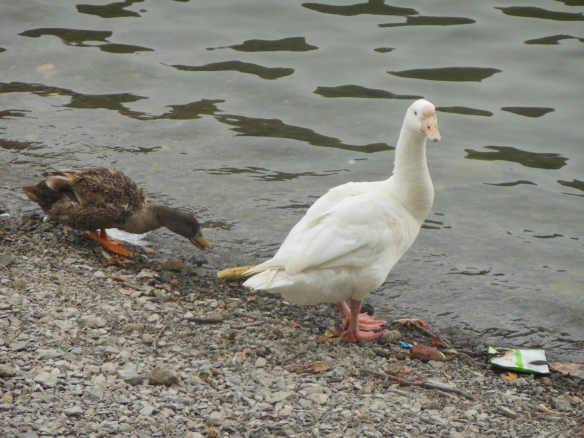 Ducks under the library – Photograph taken by Amaya Sachdev
Ducks under the library – Photograph taken by Amaya Sachdev
The other To Do things in Nainital are boating on the lake and horse riding, except they’ve moved the horses out of the town. There’s an observatory, trips out to places around, Sattal, Naukuchiatal, Bhimtal, Binsar, Ramgarh. We were only there a few days so couldn’t do as much as we would like to have done.
Bara Bazaar, Nainital
I love the old bazaar – the Bara Bazaar. It still has lovely old Pahari buildings. The municipal market is still there – a little colonial building that sells fruit and vegetables. This is the season of peaches, apricots, nectarines and plums. We used to buy kilos of peaches and go to the municipal canning factory near the lake and take back tins of peaches to Delhi. The factory apparently doesn’t can peaches anymore and as a fruit seller said – why do you want canned peaches now when they’re in season…
Municipal Market, Bara Bazaar, Nainital
Peaches, Plums, Green Plums, Apricots and Bananas
And of course the landmark in the market; Mamu’s Naini Sweets for Bal Mithai. Bal Mithai is a fudgy sweet with what looks like homeopathy pills but are sugar balls stuck on to them. Delicious. We tried getting to the old bakeries but didn’t have the time. There used to be men with tin boxes on their heads selling bread, patties, fruit buns, coconut macaroons and cakes (called pastries here). They would come around to the hotels at teatime. I thought they’d disappeared but on our last day we found one near the lake and bought some yummy macaroons.
Buying Bal Mithai from Mamu’s Naini Sweets, Bara Bazaar, Nainital
Around the lake were still the bhutta sellers (corn on the cob). Roasted on coal and then smothered with lime dipped in salt and chilli powder. Yum. There were mungphali walas (peanut sellers) – clay or metal pot with lit coal sits on a pile of peanuts and the smell is great, perfect for a cold evening. There used to be an old man who sold nan khatais, Indian biscuits made of flour, sugar and ghee. He had a little metal griddle on coals and the smell of them baking when it was cold was heavenly.
Bhutta Wala, Bakery Wala and Mungphali Wala
Then of course this is the perfect weather for pakoras and samosas, jalebis and gulab jamuns with lots of chai. They taste even better up in the hills.
Samosas and Chanas and Chai
Pakoras, Gulab Jamuns and Jalebis
We didn’t manage to do any sailing but ended up having lots of lunches at the Boat Club. They do the best chicken sandwiches and tandoori chicken. Tandoori chicken the way it used to taste before the days of pumped up chickens and over spiced masala. Delicious.
Tandoori Chicken with Naans
On our last day which was my brother’s birthday we were recommended a restaurant/dhaba for Rampuri food. Rampur is an old princely town in Uttar Pradesh. It famous for architecture, poetry, the Raza library and its food. We went down to the small restaurant and watched them beginning their cooking. It smelt amazing. We ordered a mutton qorma and a mutton stew, chicken kali mirch (black pepper) and chicken qorma and romali rotis (which I love) and really good chicken biryani. Romali rotis are literally handkerchief rotis. They’re cooked on an upturned griddle pan and are large, very thin and served folded, like a handkerchief.
Al Kareem Restaurant, Mutton Qorma, making the Biryani and the lid of a patila
About Nainital-
https://en.wikipedia.org/wiki/Nainital
About Jim Corbett
http://en.wikipedia.org/wiki/Jim_Corbett_(hunter)
Literary references to Nainital-
http://en.wikipedia.org/wiki/Literary_references_to_Nainital
Nainital nostalgia-
Adresses-
Mamu’s Naini Sweets
Bara Bazaar
Mallital
+91 5942 235880
Kareem Restaurant
Gari Padaw
Mallital
+91 9897675006

